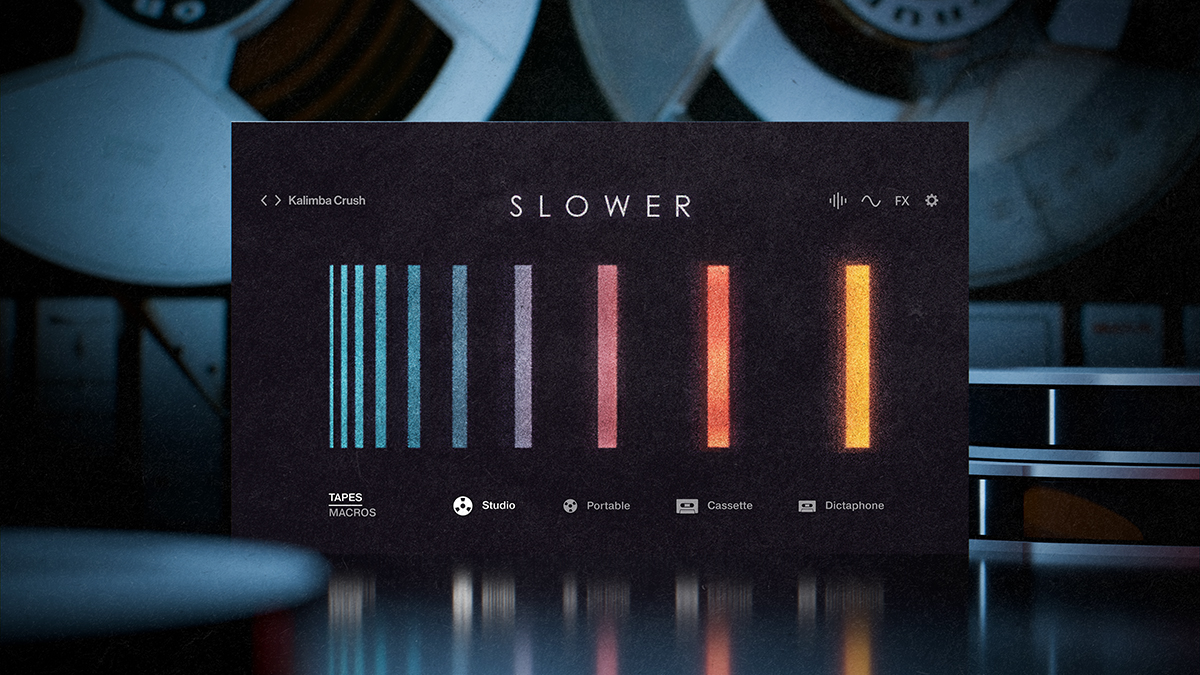MusicRadar Verdict
Sibelius 5 is a first-class piece of software, and while the new features won´t make or break your ability to create good-looking scores, they´re welcome additions to an already outstanding program.
Pros
- +
Sounds are improved (though still unrealistic). Panorama mode. Ideas Hub is very cool. Many useful tweaks. Mixer now VST/AU-friendly.
Cons
- -
Price makes you think twice. Additions aren’t actually vital.
MusicRadar's got your back
What exactly is Sibelius? Despite the much-vaunted and considerable improvements in version 5´s audio playback facilities, it´s not a sequencer. Sibelius is essentially a super-smart notation editing program that enables you, given the requisite knowledge, to produce commercial-quality scores of any size and complexity.
Notes can be entered with a mouse, QWERTY or MIDI keyboard, and easily copied and edited, with a full range of dynamics, articulations and other markings available. The resultant file can be easily formatted and printed out as either a full score or individual parts. One particular feature of Sibelius that still remains is the ease of use for beginners, combined with great flexibility for experienced users.
Along with Native Instruments´ Kontakt Player 2, you also get an expanded sound set, full GM, many extras from Garritan and others, and an all-new mixer that enables you to use VST/AU instruments or effects you already own to play back your scores.
With its new SoundWorld system, Sibelius can classify presets on these and external MIDI devices and locate them by name rather than bank and program changes. So, for example, if you have a favourite piano ROMpler, you can always hear it used to play back anything designated as ‘Piano´.
The most unusual and perhaps innovative addition is a new tool called the Ideas Hub, which opens in its own floating window and is essentially a database of musical ideas. Many of these are supplied with the software but they can be freely added to. If you have an inspired idea that doesn´t fit into the piece you´re currently working on, just pop it into the Ideas Hub, from where it can be pasted into any future score. There´s considerable flexibility in classifying and colour-coding ideas, so you can easily retrieve what you´re looking for. This new tool may well be most useful for those using Sibelius to teach music. You could even concoct a complete piece just from the Ideas Hub, if you´re short of them yourself.
A new viewing mode, aptly named Panorama, enables you to view your score as one system written on an infinitely long piece of paper. To be honest, Finale users have already been making good use of the same idea (called the Scroll View) for years -- another example of the market leaders incorporating ideas from each other´s products.
It works both ways, though. Last year saw Finale removing the necessity to extract parts shortly after Sibelius 4 did just that, enabling you to easily switch between viewing and editing the full score and just one part. While reformed Finale users will find themselves on familiar territory, others may find Panorama more or less useful depending on their own particular approach. It´s true that in a large and complex layout, note entry in Page mode can cause the score to jump around so that the last few notes you entered can annoyingly and inconveniently disappear off screen. With the new version, you won´t have to consider questions of formatting until you choose to.
Amongst others, it is now possible to create cue passages with a few mouse clicks and tailor their appearance exactly to your taste. There´s also a selection of new plug-ins, and changes to your score created by them can now be undone. There's even increased flexibility in layout, including the ability to create title pages and blank pages.
Sibelius is already a formidable beast, definitely among the front-runners in the score-writing stakes (many would say it´s way out in front, in fact).
Some of the best parts of Sibelius 5 were already present in its predecessor, such as the abolishment of part extraction, the ease of copying and editing passages, and the flexibility in formatting. The innovations present in this upgrade are certainly significant and valuable additions, but they will not in themselves enable you to create scores which are greatly improved in appearance from those that you could create in Sibelius 4, which is arguably what the application is designed for. The high score awarded to it reflects the continuing excellence of Sibelius rather than the value purely of the upgrade.
MusicRadar is the number 1 website for music makers of all kinds, be they guitarists, drummers, keyboard players, djs or producers...
GEAR: We help musicians find the best gear with top-ranking gear round-ups and high- quality, authoritative reviews by a wide team of highly experienced experts.
TIPS: We also provide tuition, from bite-sized tips to advanced work-outs and guidance from recognised musicians and stars.
STARS: We talk to musicians and stars about their creative processes, and the nuts and bolts of their gear and technique. We give fans an insight into the actual craft of music making that no other music website can.

e-instruments’ Slower is the laidback software instrument that could put your music on the fast track to success

“I like guitars that don’t just appeal to metal players”: Jackson and Bring Me The Horizon’s Lee Malia team up for the Pro Series LM-87, a shreddable Surfcaster-style electric with a humbucker/P-90 pairing

“Just so if ever that happens again, I’m like ‘here’s the proof that I wrote it’”: Ed Sheeran reveals that post-copyright cases, he now films every recording session










